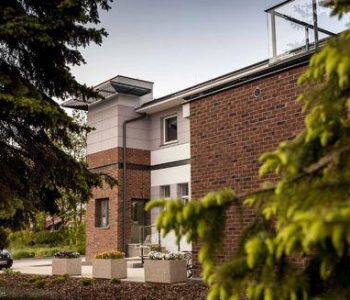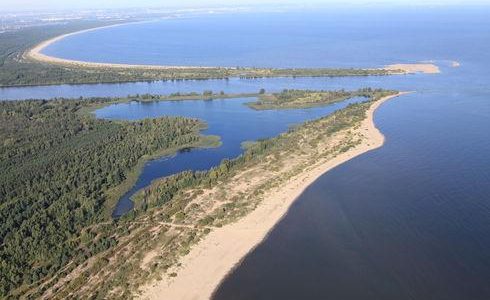The sparse Prussian settlements were a result of sending captives. Kociewie was less populated than the neighbouring lands – Dobrzyń, Chełmno, and Kuyavia. After 1122, the intensive colonisation of Kociewie from the neighbouring areas began. Soon the fertile Vistula areas turned into a base for the settlement of Malbork Land. The Tuchola Forest, which lie south of Kociewie, were long uninhabited and colonised by the last settlers – from Wielkopolska on the side of the Noteć.
In the early 12th Century the first settlers from the Holy Roman Empire arrived in Kociewie. In 1309 the German community increased with arrivals from Silesia, Miśnia, the region of Halle, Westphalia, and the Hanseatic Towns. German settlers came to towns, where they largely outnumbered the native population. The second important wave of settlers to Kociewie took place after the Thirteen Years’ War when nobles and peasants from the Dobrzyń Land, Kuyavia, and Mazowsze came here. This wave of settlers significantly contributed to a change in the ethnic relations.
From the 16th Century Kociewie saw the presence of the so-called Olędrzy, i.e. Dutch Mennonite settlers. They put to use the wastelands and empty areas. The largest Mennonite concentrations were to be found in the Walichnowska and Nowsko-Sartowicka Plains. The Dutch left residential and farm buildings. Thanks to a complex system of drainage ditches, dams, and dykes, Olędrzy drained a large part of the marshy land of the Vistula plains. In the first half of the 17th Century, the Kociewie land, including the area around Skarszew, Nowy and Świeć, was settled by the so-called pomoryncy, i.e. settlers from West Pomerania. The settlement process slowed down during the Swedish wars. At the time of the partitions Kociewie found itself under Prussian rule. In 1807 the process of granting land to peasants was initiated, resulting in an outflow of residents to towns, and the beginning of the economic migrations. In 1886, the Prussian Colonisation Commission started to repurchase Polish property to share it among German settlers. In the early 20th Century the partitioner introduced a ban on building houses for Poles. In 1918 Kociewie became part of the independent Poland. The Kociewie land was still inhabited by several dozen thousand Germans, many of whom fled to Germany in the years 1944-1945. After World War II repatriates from the East and displaced people from Central and Southern Poland started coming to Kociewie.



















